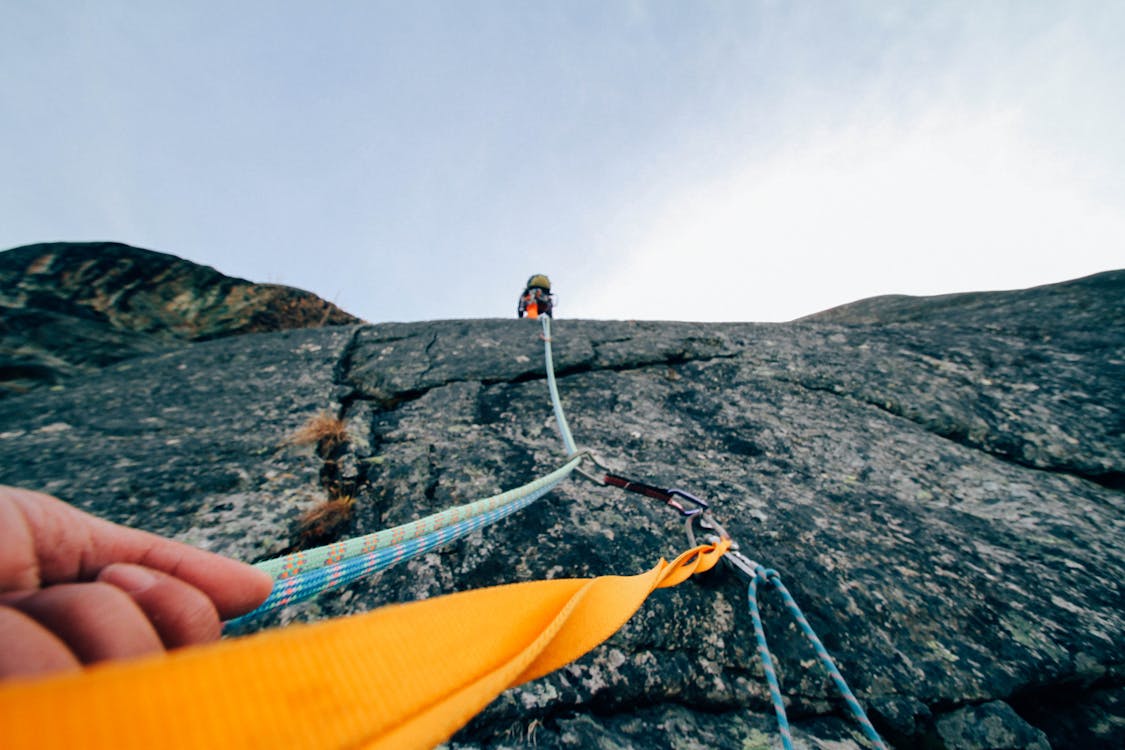One of the key tenets of responsible mountain climbing is the commitment to traveling and camping on durable surfaces. This principle aims to minimize the impact of outdoor activities on the delicate ecosystems of mountainous regions. Here's a closer look at how climbers can adhere to this crucial aspect of the Leave No Trace principle:
i. Stick to Established Trails and Campsites
When navigating through mountainous terrain, it's essential to use established trails and campsites. These paths are designed to endure frequent use, minimizing soil erosion and preventing the creation of new, environmentally sensitive routes. By confining activities to designated areas, climbers can help preserve the natural integrity of the landscape.
ii. Avoid Trampling on Fragile Vegetation
Alpine environments are often home to delicate plant life that plays a crucial role in maintaining ecological balance. Climbers should be vigilant to avoid trampling on this vegetation, as it can take years for these environments to recover from human impact. Staying on durable surfaces, such as rock or established trails, helps protect the unique flora of mountainous regions.
iii. Utilize Proper Footwear and Equipment
Choosing the right footwear is not only crucial for personal safety but also for minimizing environmental impact. Wear sturdy, appropriate footwear that reduces soil disruption. Additionally, using trekking poles can help distribute weight more evenly, reducing the likelihood of damaging fragile surfaces.
iv. Be Mindful of Weather Conditions
Weather conditions can significantly affect the durability of surfaces in mountainous areas. Climbers should be mindful of the environment and adjust their activities based on weather conditions. For example, avoiding trails during heavy rainfall can prevent soil erosion and protect the integrity of the path.
v. Leave No Trace When Camping
Camping on durable surfaces extends to overnight stays. Choose established campsites that can withstand use without causing long-term harm. Set up tents on designated tent pads or durable surfaces, and avoid creating new campsites to preserve the natural balance of the landscape.
vi. Practice LNT Principles at High-Use Areas
In areas with high foot traffic, such as popular climbing destinations, it becomes even more crucial to adhere to the Leave No Trace principle. Concentrate activities in well-established zones to prevent the spread of impact and minimize damage to fragile ecosystems.
vii. Participate in Trail Maintenance
Supporting trail maintenance efforts is a proactive way to contribute to the longevity of outdoor spaces. Joining or organizing trail maintenance activities helps ensure that paths remain in good condition, reducing the environmental impact of outdoor recreation.
By embracing the "Travel and Camp on Durable Surfaces" principle, mountain climbers play a vital role in preserving the beauty and ecological balance of the landscapes they explore. This commitment to responsible outdoor ethics ensures that these stunning environments remain pristine for current and future generations of adventurers.




0 Comments